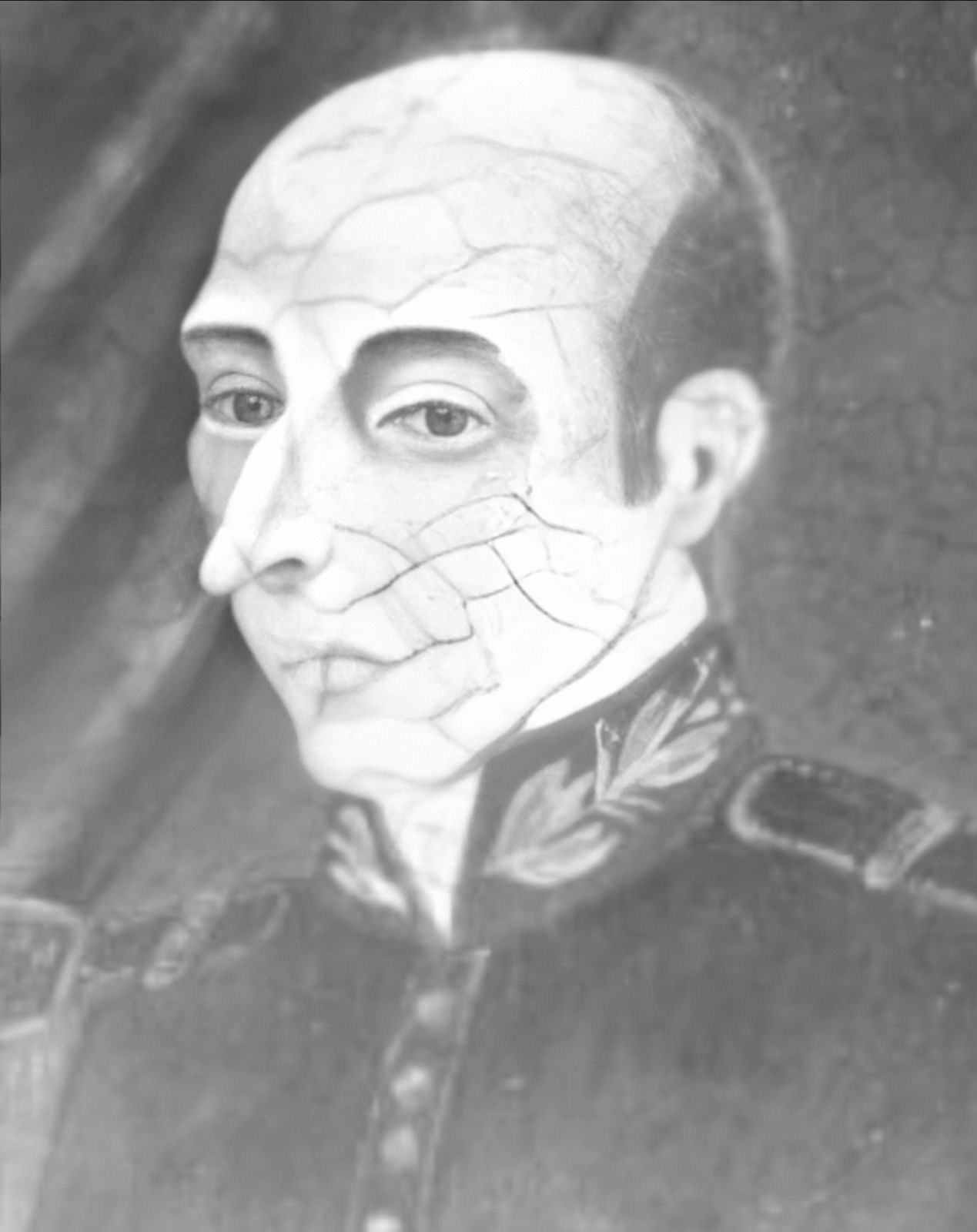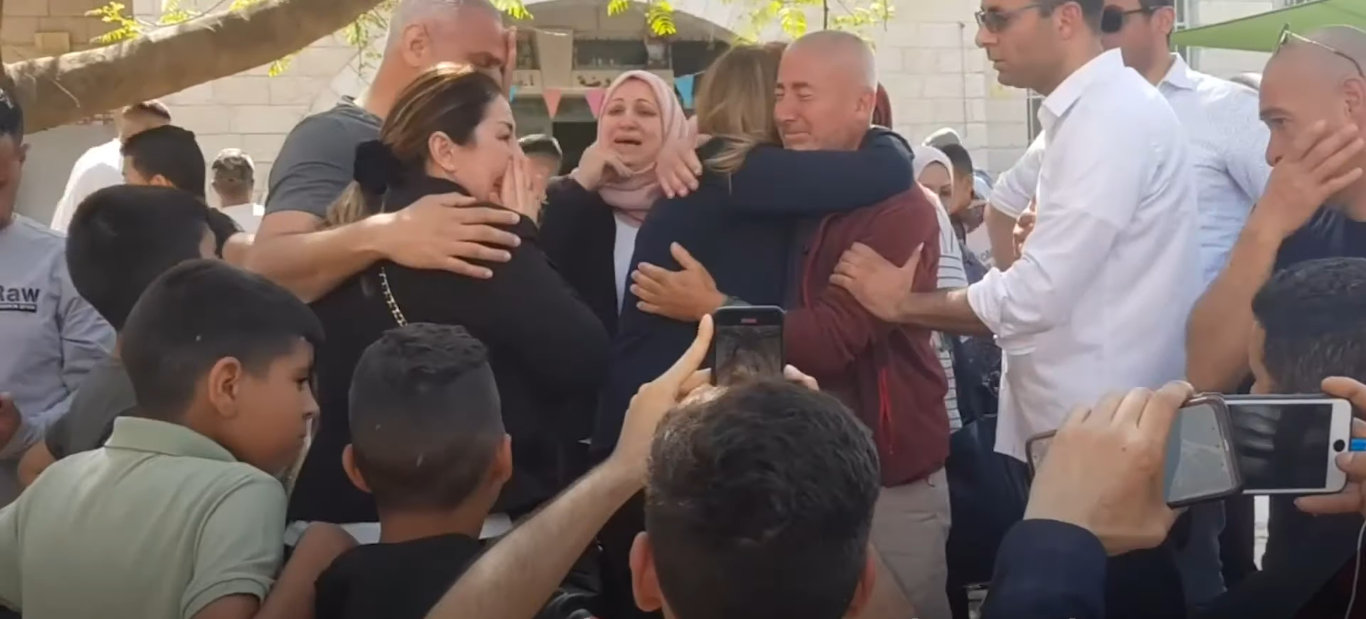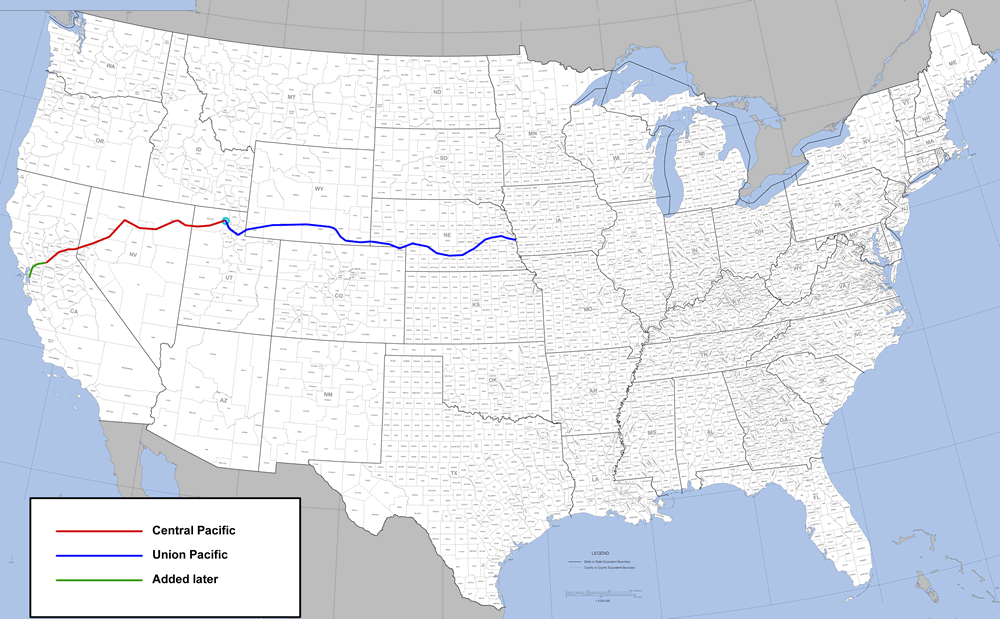|
José Carrasco Torrico
José Carrasco Torrico (4 November 1863 – 24 May 1921) was a Bolivian lawyer, journalist and politician who served as the 19th vice president of Bolivia from 1913 to 1917. He served as second vice president alongside first vice president Juan Misael Saracho during the second administration of Ismael Montes. Biography José Carrasco Torrico was born on 4 November 1863 in Totora. He studied law at the University of San Simón, graduating in 1885. He was Dean of the Faculty of Law of said university. Much of his life was devoted to journalism as director-founder of "El Comercio" of Cochabamba and " El Diario" of La Paz. He became an important member of the Liberal Party, entering Congress as a Deputy from 1888 to 1889. He held a long public life, being elected Senior Officer of the Ministry of War in 1899, Prefect of the department of Oruro in 1900, Senator between 1904 and 1909, and Deputy in 1910. In 1913, he was elected second vice president during the second administr ... [...More Info...] [...Related Items...] OR: [Wikipedia] [Google] [Baidu] |
Vice President Of Bolivia
The vice president of Bolivia (), officially known as the vice president of the Plurinational State of Bolivia (), is the second highest political position in Bolivia. The vice president replaces the president in his definitive absence or others impediment and is the ''ex officio'' Plurinational Legislative Assembly, President of the Legislative Assembly. Thirty nine men have served as vice president of Bolivia since the office came into existence on 19 November 1826. José Ramón de Loayza was the first vice president of the Republic of Bolivia. The 38th vice president, Álvaro García Linera, was the last vice president of the Republic of Bolivia and the first vice president of the Plurinational State of Bolivia. The second and current vice president of the Plurnational State is David Choquehuanca (2020 Bolivian general election, since 8 November 2020). There are currently five living former vice presidents. The most recent former vice president to die was Julio Garrett Ayllón ... [...More Info...] [...Related Items...] OR: [Wikipedia] [Google] [Baidu] |
Journalist
A journalist is a person who gathers information in the form of text, audio or pictures, processes it into a newsworthy form and disseminates it to the public. This is called journalism. Roles Journalists can work in broadcast, print, advertising, or public relations personnel. Depending on the form of journalism, "journalist" may also describe various categories of people by the roles they play in the process. These include reporters, correspondents, citizen journalists, Editorial board, editors, Editorial board, editorial writers, columnists, and photojournalists. A reporter is a type of journalist who researches, writes and reports on information in order to present using source (journalism), sources. This may entail conducting interviews, information-gathering and/or writing articles. Reporters may split their time between working in a newsroom, from home or outside to witness events or interview people. Reporters may be assigned a specific Beat reporting, beat (area of cov ... [...More Info...] [...Related Items...] OR: [Wikipedia] [Google] [Baidu] |
1921 Deaths
Events January * January 2 ** The Association football club Cruzeiro Esporte Clube, from Belo Horizonte, is founded as the multi-sports club Palestra Italia by Italian expatriates in First Brazilian Republic, Brazil. ** The Spanish liner ''Santa Isabel'' breaks in two and sinks off Villa Garcia, Mexico, with the loss of 244 of the 300 people on board. * January 16 – The Marxist Left in Slovakia and the Transcarpathian Ukraine holds its founding congress in Ľubochňa. * January 17 – The first recorded public performance of the illusion of "sawing a woman in half" is given by English stage magician P. T. Selbit at the Finsbury Park Empire variety theatre in London. * January 20 – British K-class submarine HMS K5, HMS ''K5'' sinks in the English Channel; all 57 on board are lost. * January 21 – The full-length Silent film, silent comedy drama film ''The Kid (1921 film), The Kid'', written, produced, directed by and starring Charlie Chaplin (in his ... [...More Info...] [...Related Items...] OR: [Wikipedia] [Google] [Baidu] |
1863 Births
Events January * January 1 – Abraham Lincoln signs the Emancipation Proclamation during the third year of the American Civil War, making the abolition of slavery in the Confederate States of America an official war goal. The signing proclaimed the freedom of 3.1 million of the nation's four million slaves and immediately frees 50,000 of them, with the rest freed as the Union Army advances. This event marks the start of America's Reconstruction era, Reconstruction Era. * January 2 – Master Lucius Tar Paint Company (''Teerfarbenfabrik Meister Lucius''), predecessor of Hoechst AG, Hoechst, as a worldwide Chemical, chemical manufacturing brand, founded in a suburb of Frankfurt am Main, Germany. * January 4 – Founding date of the New Apostolic Church, a Christian and chiliastic church, in a schism with the Catholic Apostolic Church in Hamburg, Germany. * January 7 – In the Cantons of Switzerland, Swiss canton of Ticino, the village of Bedretto is ... [...More Info...] [...Related Items...] OR: [Wikipedia] [Google] [Baidu] |
La Paz
La Paz, officially Nuestra Señora de La Paz (Aymara language, Aymara: Chuqi Yapu ), is the seat of government of the Bolivia, Plurinational State of Bolivia. With 755,732 residents as of 2024, La Paz is the List of Bolivian cities by population, third-most populous city in Bolivia. Its metropolitan area, which is formed by La Paz, El Alto, Achocalla Municipality, Achocalla, Viacha Municipality, Viacha, and Mecapaca Municipality, Mecapaca makes up the second most populous urban area in Bolivia, with a population of 2.2 million, after Santa Cruz de la Sierra with a population of 2.3 million. It is also the capital of the La Paz Department, Bolivia, La Paz Department. The city, in west-central Bolivia southeast of Lake Titicaca, is set in a canyon created by the Choqueyapu River. It is in a bowl-like depression, part of the Amazon basin, surrounded by the high mountains of the Altiplano. Overlooking the city is the triple-peaked Illimani. Its peaks are always snow-cove ... [...More Info...] [...Related Items...] OR: [Wikipedia] [Google] [Baidu] |
Oruro Department
Oruro (; Quechua: ''Uru Uru''; Aymara: ''Ururu'') is a department of Bolivia, with an area of . Its capital is the city of Oruro. According to the 2012 census, the Oruro department had a population of 494,178. Provinces of Oruro The department is divided into 16 provinces which are further subdivided into municipalities and cantons. Note: Eduardo Abaroa Province (#5) is both north of and south of Sebastián Pagador Province (#6). Government Executive offices The chief executive officer of Bolivian departments (since May 2010) is the governor; until then, the office was called the prefect, and until 2006 the prefect was appointed by the president of Bolivia. The current governor, Johnny Franklin Vedia Rodríguez of the Movement for Socialism – Political Instrument for the Sovereignty of the Peoples, was elected on 7 March 2021. Legislature The chief legislative body of the department is the Departmental Legislative Assembly, a body also first elected on 4 April ... [...More Info...] [...Related Items...] OR: [Wikipedia] [Google] [Baidu] |
El Diario (La Paz)
''El Diario'' is a daily newspaper published in La Paz, Bolivia. Incorporated in 1904, it is Bolivia's oldest newspaper and considered a newspaper of record for Bolivia. The newspaper traditionally followed a conservative position in line with its founders, the Carrasco family, one of La Paz's most influential families of the 20th century. History It was founded on April 5, 1904, and is Bolivia's oldest newspaper still in publication. It started as an evening paper, becoming a morning paper from the eighth edition; from edition 18 it started publishing daily dramas. In 1967, it started printing a few pages in color, and in the following decade, it adopted the offset system. On April 5, 1953, coinciding with its 49th anniversary, ''El Diario'' inaugurated its first teletype service, which had a terminal manufactured by Westrex Corporation. The newspaper was usurped on September 7, 1970, when Juan José Torres became president of the republic, suspending its publishing until Se ... [...More Info...] [...Related Items...] OR: [Wikipedia] [Google] [Baidu] |
Vice President Of Bolivia
The vice president of Bolivia (), officially known as the vice president of the Plurinational State of Bolivia (), is the second highest political position in Bolivia. The vice president replaces the president in his definitive absence or others impediment and is the ''ex officio'' Plurinational Legislative Assembly, President of the Legislative Assembly. Thirty nine men have served as vice president of Bolivia since the office came into existence on 19 November 1826. José Ramón de Loayza was the first vice president of the Republic of Bolivia. The 38th vice president, Álvaro García Linera, was the last vice president of the Republic of Bolivia and the first vice president of the Plurinational State of Bolivia. The second and current vice president of the Plurnational State is David Choquehuanca (2020 Bolivian general election, since 8 November 2020). There are currently five living former vice presidents. The most recent former vice president to die was Julio Garrett Ayllón ... [...More Info...] [...Related Items...] OR: [Wikipedia] [Google] [Baidu] |
Lawyer
A lawyer is a person who is qualified to offer advice about the law, draft legal documents, or represent individuals in legal matters. The exact nature of a lawyer's work varies depending on the legal jurisdiction and the legal system, as well as the lawyer's area of practice. In many jurisdictions, the legal profession is divided into various branches — including barristers, solicitors, conveyancers, notaries, canon lawyer — who perform different tasks related to the law. Historically, the role of lawyers can be traced back to ancient civilizations such as Greece and Rome. In modern times, the practice of law includes activities such as representing clients in criminal or civil court, advising on business transactions, protecting intellectual property, and ensuring compliance with laws and regulations. Depending on the country, the education required to become a lawyer can range from completing an undergraduate law degree to undergoing postgraduate education and ... [...More Info...] [...Related Items...] OR: [Wikipedia] [Google] [Baidu] |
Ismael Montes
Ismael Montes Gamboa (5 October 1861 – 16 October 1933) was a Bolivian general and political figure who served as the 26th president of Bolivia twice nonconsecutively from 1904 to 1909 and from 1913 to 1917. He was a member of the Liberal Party (Bolivia), Liberal Party. During his first term, the Treaty of Peace and Friendship with Chile was signed on 20 October 1904. Early life and military career Montes was born on 5 October 1861, in the city of La Paz, Bolivia. He belonged to a wealthy land-owning family. Montes was the son of General Clodomiro Montes and Tomasa Gamboa. In 1878, he continued his higher studies by entering the Faculty of Law of the Higher University of San Andrés, Universidad Mayor de San Andrés (UMSA), but due to the occupation by the Chilean army of the Bolivian town of Antofagasta on 14 February 1879, Montes decided to leave his studies and enlist as a private in the ''Murillo'' Regiment, then belonging to the "Bolivian Legion". In 1880, Montes' re ... [...More Info...] [...Related Items...] OR: [Wikipedia] [Google] [Baidu] |
Bolivians
Bolivians () are people identified with the country of Bolivia. This connection may be residential, legal, historical or cultural. For most Bolivians, several (or all) of these connections exist and are collectively the source of their being Bolivian. Bolivia is, as its neighboring countries, a multiethnic and multilingual society, home to people of various ethnic, religious, and national origins, with the majority of the population made up of indigenous and Old World immigrants and their descendants. As a result, Bolivians do not equate their nationality with ethnicity, but with citizenship and allegiance to Bolivia. Aside from the indigenous populations, Bolivians trace their ancestry to the Old World, primarily Europe and Africa, ever since the Spanish conquest of South America and founding of first Spanish settlements in the Viceroyalty of the Río de la Plata. Modern Bolivian population, estimated at 11 million is formally broken down into Amerindians (primarily Quec ... [...More Info...] [...Related Items...] OR: [Wikipedia] [Google] [Baidu] |
University Of San Simón
A university () is an institution of tertiary education and research which awards academic degrees in several academic disciplines. ''University'' is derived from the Latin phrase , which roughly means "community of teachers and scholars". Universities typically offer both undergraduate and postgraduate programs. The first universities in Europe were established by Catholic monks. The University of Bologna (), Italy, which was founded in 1088, is the first university in the sense of: *being a high degree-awarding institute. *using the word (which was coined at its foundation). *having independence from the ecclesiastic schools and issuing secular as well as non-secular degrees (with teaching conducted by both clergy and non-clergy): grammar, rhetoric, logic, theology, canon law and notarial law.Hunt Janin: "The university in medieval life, 1179–1499", McFarland, 2008, , p. 55f.de Ridder-Symoens, Hilde''A History of the University in Europe: Volume 1, Universities in the Midd ... [...More Info...] [...Related Items...] OR: [Wikipedia] [Google] [Baidu] |








